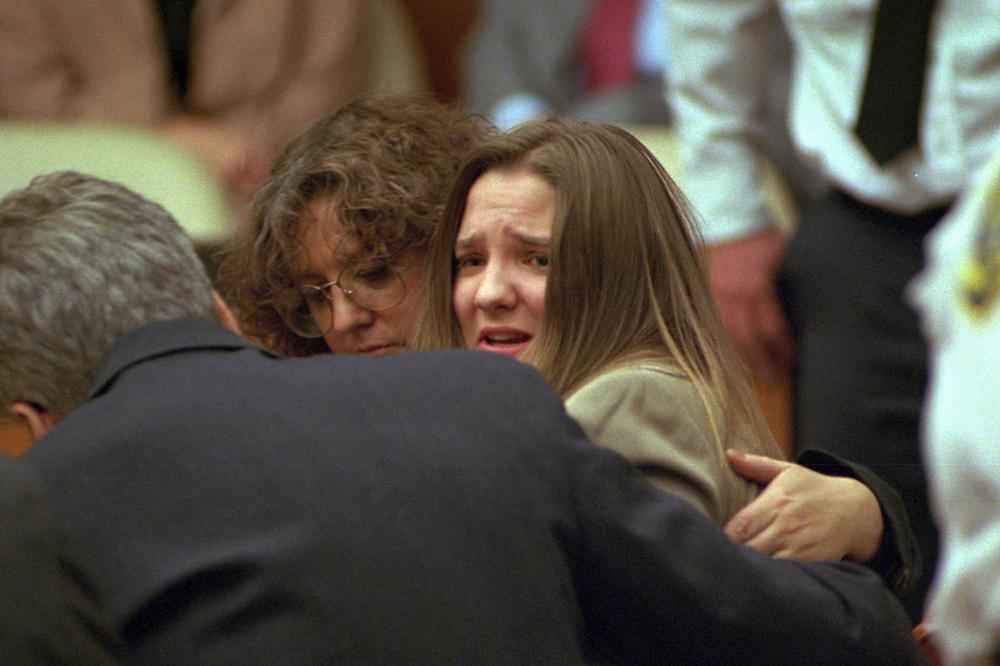Advertisement
Medical Community Questions Shaken Baby Syndrome
Resume
In Worcester Tuesday, a jury convicted a Gardner woman of killing her 2-year-old daughter. An autopsy showed the girl died from blunt impact injuries and shaking injuries to her head, neck and torso.
The mother said her child fell in the park. Prosecutors say the girl was beaten. And a key word used by those prosecutors — shaking — has become terrifying for many parents of young children.
Shaken Baby Syndrome has particular resonance in Massachusetts, thanks to the 1997 court case involving Louise Woodward, a British au pair working in Newton who was found guilty of involuntary manslaughter after a baby died in her care. That baby, eight-and-a-half-month-old Matthew Eappen, had shown signs of being shaken violently.
Parents are often warned about the dangers of shaking a baby, and hundreds of parents and babysitters have been convicted of killing babies by shaking them. But a recent op-ed piece in the New York Times questioned the science behind shaken baby syndrome. When WBUR's Commonhealth blog linked to that op-ed it triggered a flurry of response from the medical community.
Carey Goldberg writes for that blog and also covered the Louise Woodward case for the New York Times. Goldberg joins us to talk about shaken baby syndrome and the questions surrounding it.
Guest:
- Carey Goldberg, host, WBUR's CommonHealth blog
More:
- Hubbub: When shaking a baby is murder
Editor's note: We reached out to Deborah Tuerkheimer, the author of the New York Times op-ed piece, but she wasn't available for our show.
This program aired on October 5, 2010.